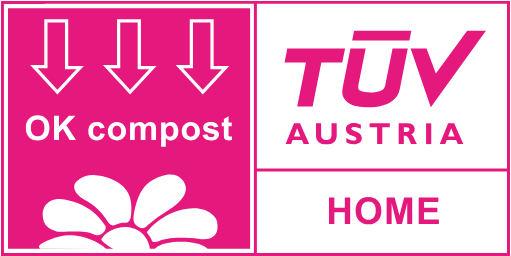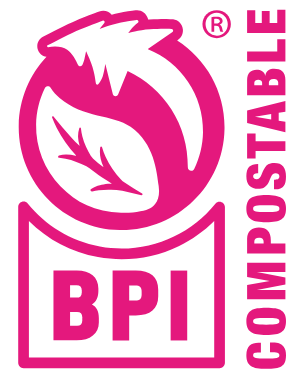Science for Sustainability
Innovating for Impact.
The Biomera Difference
Innovation Rooted in Science
and Sustainability
Biomera’s technology is the result of over 20 years of dedicated R&D in bio-based materials.
Our technology goes far beyond basic blending — we re-engineer biomass waste into functional materials using four core pillars:
- Proprietary Formulation Expertise
With over 6,500 formulations developed, we tailor each blend to meet specific performance, sustainability, and cost goals using diverse biomass types and optimized carrier polymers. - Carbon Lock-In Mechanism
Our process preserves the CO₂ captured during plant growth and embeds it into the final material, enabling low-carbon or even carbon-negative results. - Optimized Process Engineering
Deep mastery of extrusion, injection molding, thermoforming, and other industrial techniques ensures seamless integration into your manufacturing lines. - Biomass Versatility
We work with sugarcane bagasse, coffee grounds, algae, wood fibers, and more — providing formulation flexibility, local resource adaptation, and cost control.
Our Regenerative Process
From Agricultural Byproduct
to Industrial Input
Our multi-stage process enables us to convert undervalued biomass into carbon negative and compostable materials meeting the highest industrial and environmental standards.
1. Feedstock Selection & Qualification:
We work with diverse, non-food competing biomass — from sugarcane bagasse and wheat straw to algae and rice husk.
Selection is based on:
• Fiber structure and chemistry
• Regional availability & sustainability
• Carbon content and sequestration potential

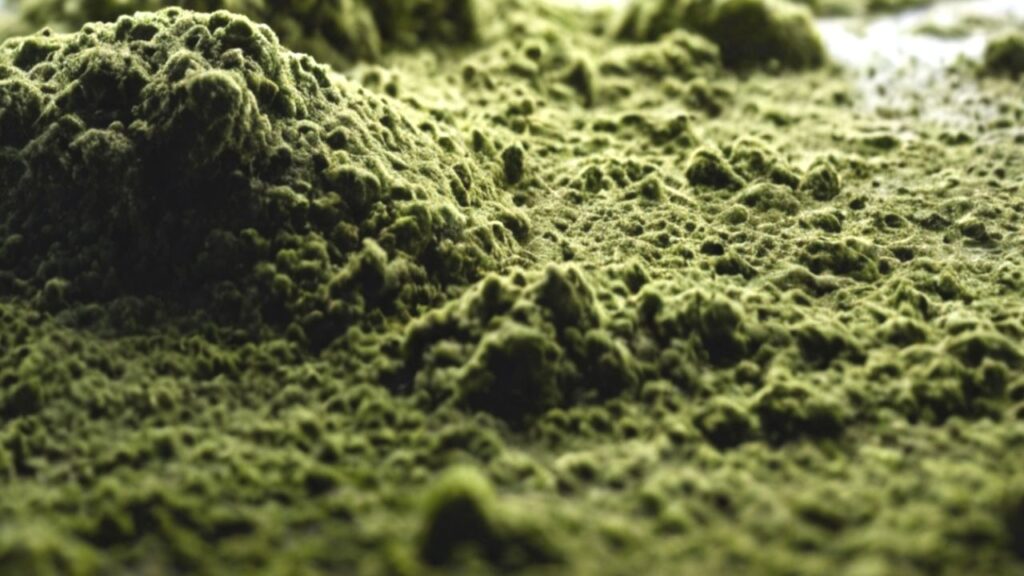
2. Stabilization & Fiber Treatment:
Biomass is cleaned, dried, milled, and undergoes proprietary treatments to ensure:
• Consistent material flow and moisture content
• High compatibility with polymer carriers or self-bonding
• Long-term carbon lock-in and fiber integrity
3. Compounding & Performance Engineering:
We precision-compound fibers into masterbatches or material pellets using tailored carrier polymer or direct processing (V3).
Key attributes engineered include:
• Mechanical performance (tensile strength, impact resistance)
• Processability (melt flow, thermal stability)
• End-of-life behavior (durability or certified compostability)
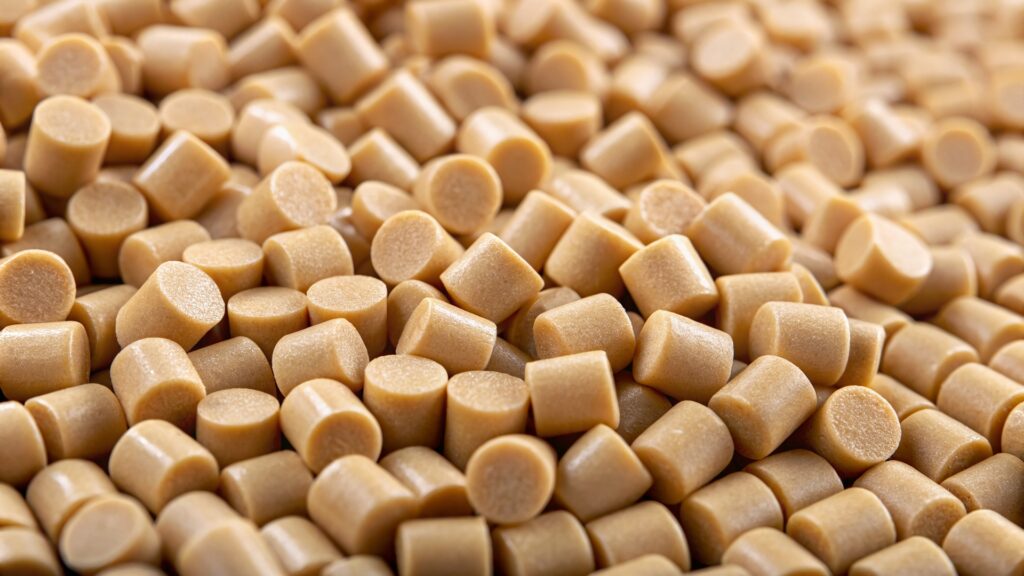
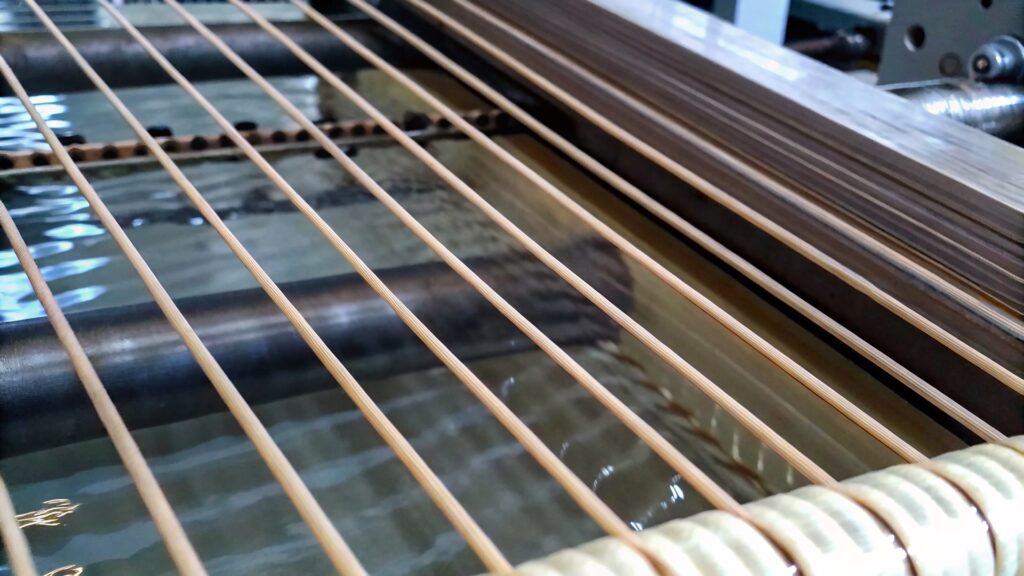
4. Integration & Quality Assurance:
Biomera materials are optimized for conventional processes — injection molding, extrusion, thermoforming — requiring no tooling changes.
Our QA ensures reliable, standardized pellets.
A Complete Overview
We transform a wide range of upcycled biomass waste into tailor-made materials — each engineered for specific performance, targeted applications, and responsible end-of-life. This is how we drive the transition toward more sustainable, low-carbon, carbon-negative, and circular materials.
Connecting Biomass to Industry Solutions
Biomass Waste
Bagasse
Coffee Grounds
Bamboo
Wheat Straw
Grape Pomace
Rice Husks
Pineapple Leaves
Fruit Pomace
Used Tea Leaves
Wood Chips
Algae (In Development)
Flax (In Development)
Carbone Capture material
(In Development)
Waste Regeneration & Transformation
Masterbatches (for conventional and bio-based polymers)
Carbon-negative | Cost reduction | Performance
“V1” Materials (biomass + bio-based polymers)
Low Carbon | Cost reduction | Performance | Industrial Compostable
“V2” Materials (biomass + bio-based polymers)
Carbon-negative | Cost reduction | Performance | Industrial and/or Home Compostable
Future “V3” Materials (100% biomass-based)
Carbon-negative | Cost reduction | Performance | Industrial and/or Home Compostable | Plastic-free
Application Sectors
Cosmetics
Fashion
Packaging
Food & Beverage
Furniture
Hospitality
Automotive
Electronics
Construction
Healthcare
Sports & Outdoors
Biomass Waste
Bagasse
Coffee Grounds
Bamboo
Wheat Straw
Grape Pomace
Rice Husks
Pineapple Leaves
Fruit Pomace
Used Tea Leaves
Wood Chips
Algae (In Development)
Flax (In Development)
Carbone Capture material
(In Development)
Waste Regeneration & Transformation
Masterbatches (for conventional and bio-based polymers)
Carbon-negative | Cost reduction | Performance
“V1” Materials (biomass + bio-based polymers)
Low Carbon | Cost reduction | Performance | Industrial Compostable
“V2” Materials (biomass + bio-based polymers)
Carbon-negative | Cost reduction | Performance | Industrial and/or Home Compostable
Future “V3” Materials (100% biomass-based)
Carbon-negative | Cost reduction | Performance | Industrial and/or Home Compostable | Plastic-free
Application Sectors
Cosmetics
Fashion
Packaging
Food & Beverage
Furniture
Hospitality
Automotive
Electronics
Construction
Healthcare
Sports & Outdoors
Future Materials & Innovation
Shaping Tomorrow’s Sustainable Materials
Innovation is continuous at Biomera. We are developing the next generation of regenerative materials, focusing on two key strategic directions: plastic elimination and maximized carbon sequestration.
V3 – The Plastic-Free Platform
Our most ambitious innovation, V3 is a 100% plant-based, plastic-free, and home-compostable material platform.
Formulated without any fossil or synthetic polymers, V3 targets OK Compost HOME certification, moisture resistance, food-contact safety, and offers the potential for a carbon-negative lifecycle, aligning perfectly with SUPD and other strict regulations.
(Timeline: Samples target Early 2026).
Carbon Capture Materials
Beyond carbon storage, we are developing materials to actively capture atmospheric CO₂ using unique structures or surface properties, while also being designed for full compostability. This research targets functional materials for CO₂ removal and enables Carbon Capture & Utilization (CCU) pathways, turning captured carbon into a resource before returning safely to the biosphere via composting.
Our Commitment to Standards
Certified Compliance
& Verified Impact
Biomera is committed to transparency and ensuring our materials meet rigorous industry and environmental standards. We prioritize compliance and safety, ensuring our materials are free from harmful substances such as PFAS, BPA, and SVHCs, and suitable for food contact where required (e.g., EU and FDA regulations, where applicable).
Our approach includes supporting regulatory alignment with directives such as the EU SUPD.
We pursue third-party certifications to validate key claims such as industrial and home compostability (e.g., EN 13432, ASTM D6400, OK Compost HOME).
We also track and disclose the carbon footprint of our materials, supporting ESG reporting, decarbonization strategies, and transparent sustainability claims.

